1. The Essence of Camouflage
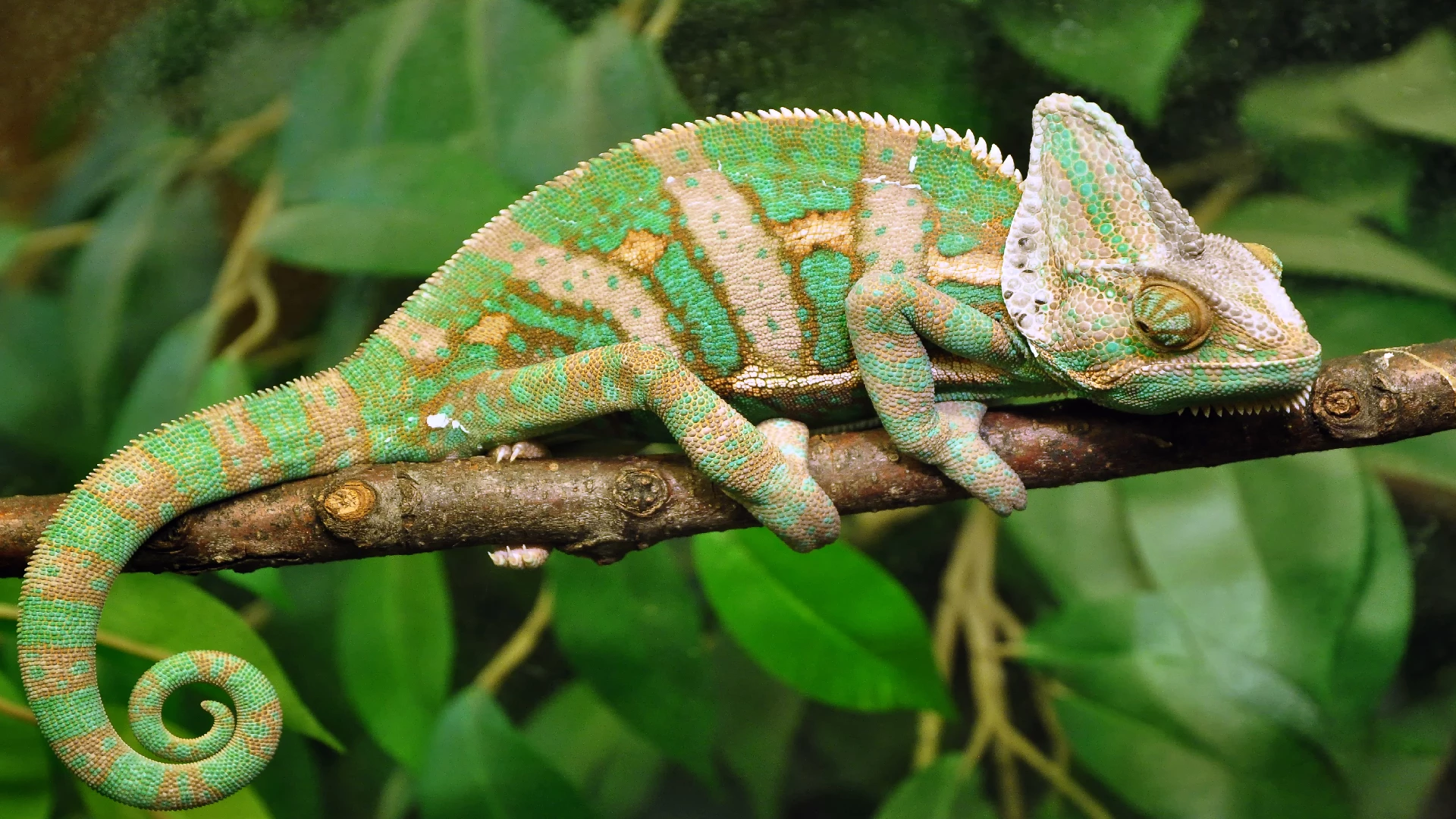 Firstly, let’s explore the essence of camouflage. Camouflage is not just about blending in; it’s about deceiving. Animals use this strategy to become nearly invisible to both predators and prey by mimicking the colors, patterns, and textures of their surroundings. For instance, the chameleon is renowned for its ability to change skin color to match its environment, a skill that is as much about communication as it is about concealment.
Firstly, let’s explore the essence of camouflage. Camouflage is not just about blending in; it’s about deceiving. Animals use this strategy to become nearly invisible to both predators and prey by mimicking the colors, patterns, and textures of their surroundings. For instance, the chameleon is renowned for its ability to change skin color to match its environment, a skill that is as much about communication as it is about concealment.
2. Types of Camouflage
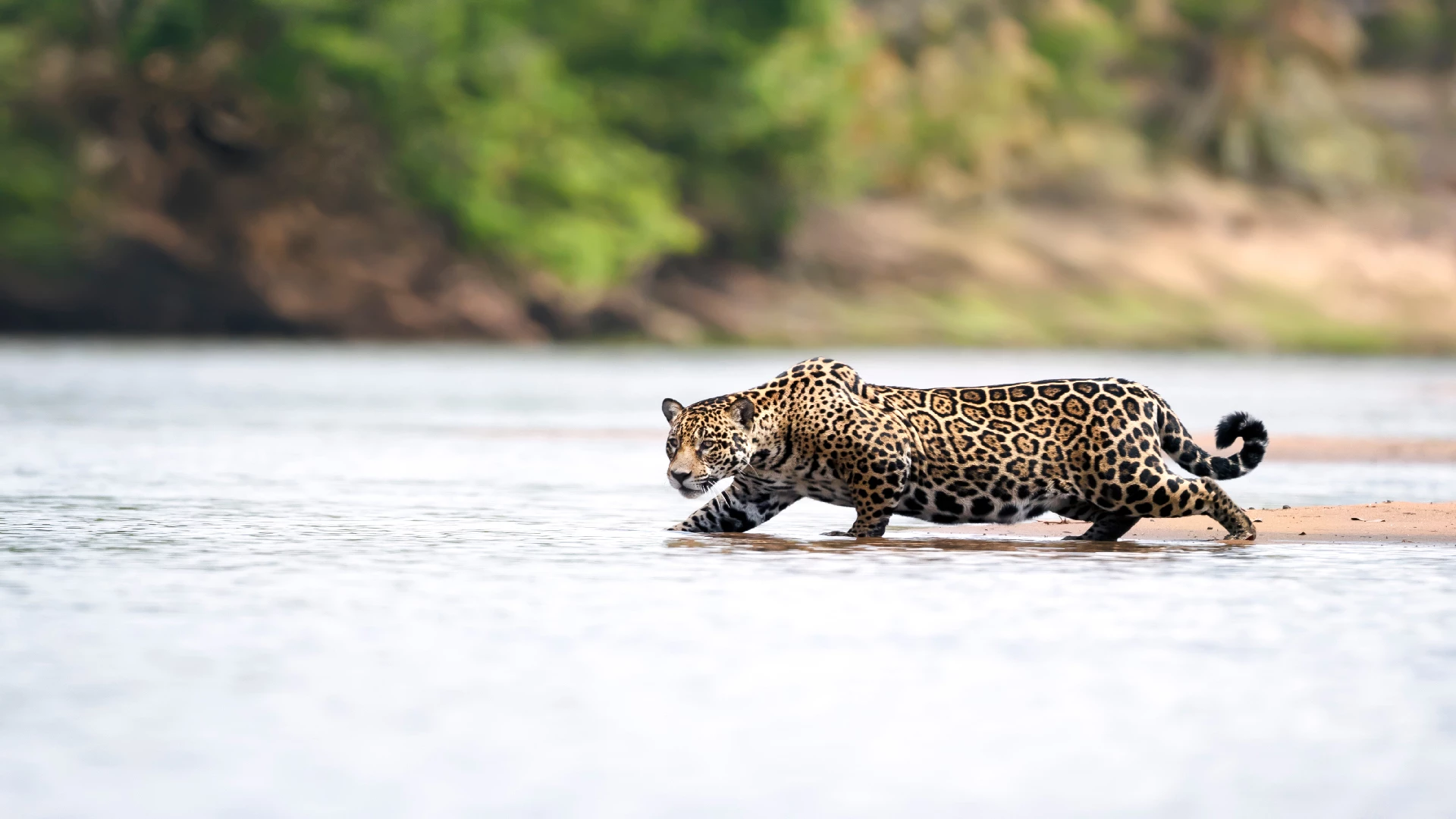 There are several types of camouflage in the animal kingdom, each with its unique approach to invisibility. Countershading, seen in creatures like sharks and penguins, involves having a darker coloration on the top and a lighter underside, reducing shadows and making them harder to detect. Disruptive coloration breaks up an animal’s outline, a tactic employed by the jaguar to hide while stalking prey. Another fascinating method is background matching, where animals, such as the leaf-tailed gecko, closely resemble their environments to remain unseen.
There are several types of camouflage in the animal kingdom, each with its unique approach to invisibility. Countershading, seen in creatures like sharks and penguins, involves having a darker coloration on the top and a lighter underside, reducing shadows and making them harder to detect. Disruptive coloration breaks up an animal’s outline, a tactic employed by the jaguar to hide while stalking prey. Another fascinating method is background matching, where animals, such as the leaf-tailed gecko, closely resemble their environments to remain unseen.
3. Mimicry: The Art of Imitation
Transitioning from camouflage, mimicry is equally mesmerizing. Mimicry involves one species evolving to imitate the appearance, sounds, or behavior of another to gain an advantage. This can be to deter predators, lure prey, or both.
4. Batesian and Müllerian Mimicry
Two primary forms of mimicry exist: Batesian and Müllerian. Batesian mimicry occurs when a harmless species evolves to mimic the warning signals of a harmful species to avoid predation. A classic example is the case of the viceroy butterfly, which mimics the monarch butterfly. Although viceroys are not poisonous, their resemblance to the toxic monarchs keeps predators at bay.
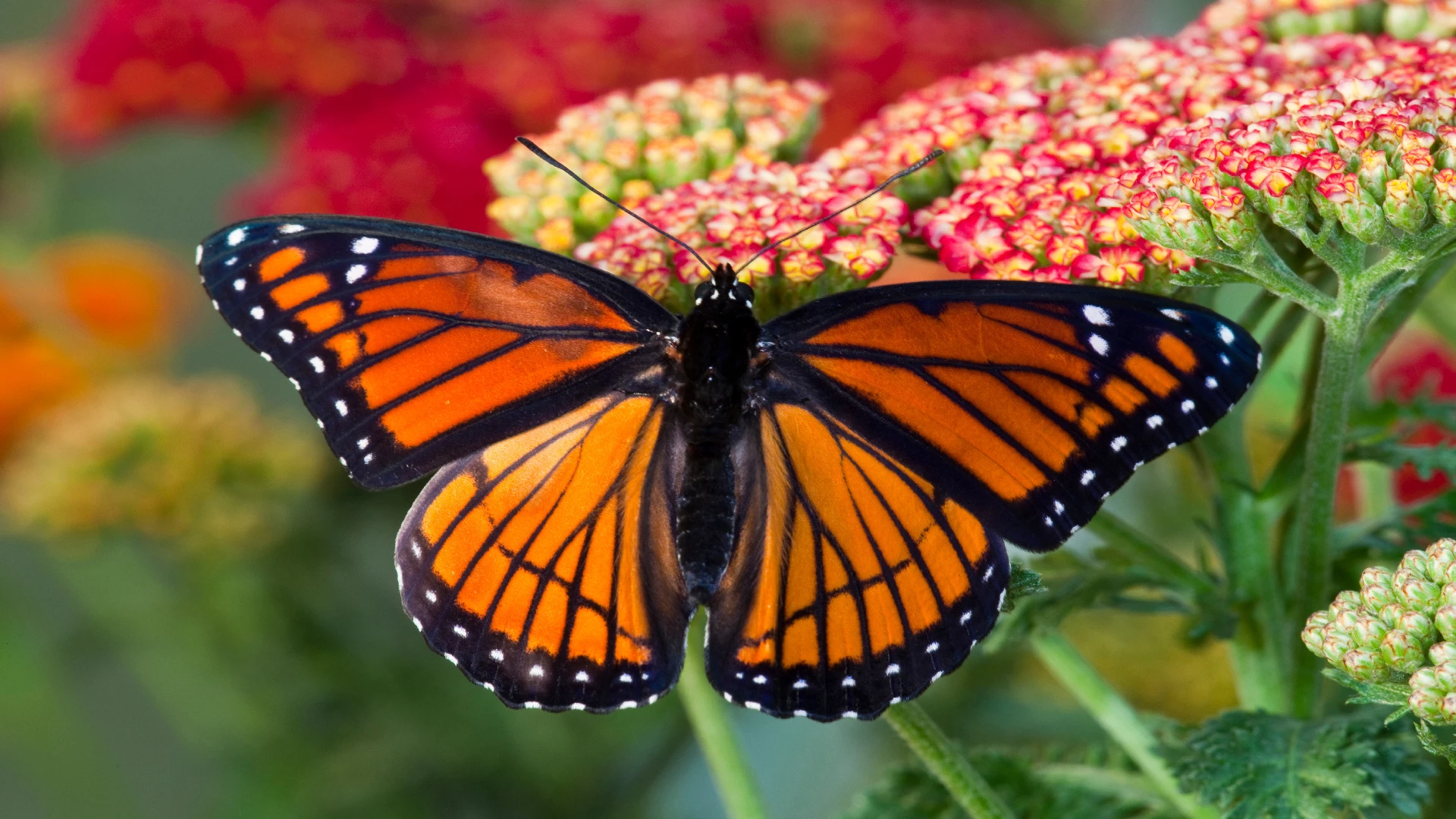 Conversely, Müllerian mimicry involves two or more harmful species that share common predators, evolving to look alike. This mutual resemblance enhances the predators’ ability to learn and remember to avoid them, thus benefiting all parties involved. An example of this is seen among different species of stinging bees and wasps.
Conversely, Müllerian mimicry involves two or more harmful species that share common predators, evolving to look alike. This mutual resemblance enhances the predators’ ability to learn and remember to avoid them, thus benefiting all parties involved. An example of this is seen among different species of stinging bees and wasps.
5. The Benefits of Being Seen
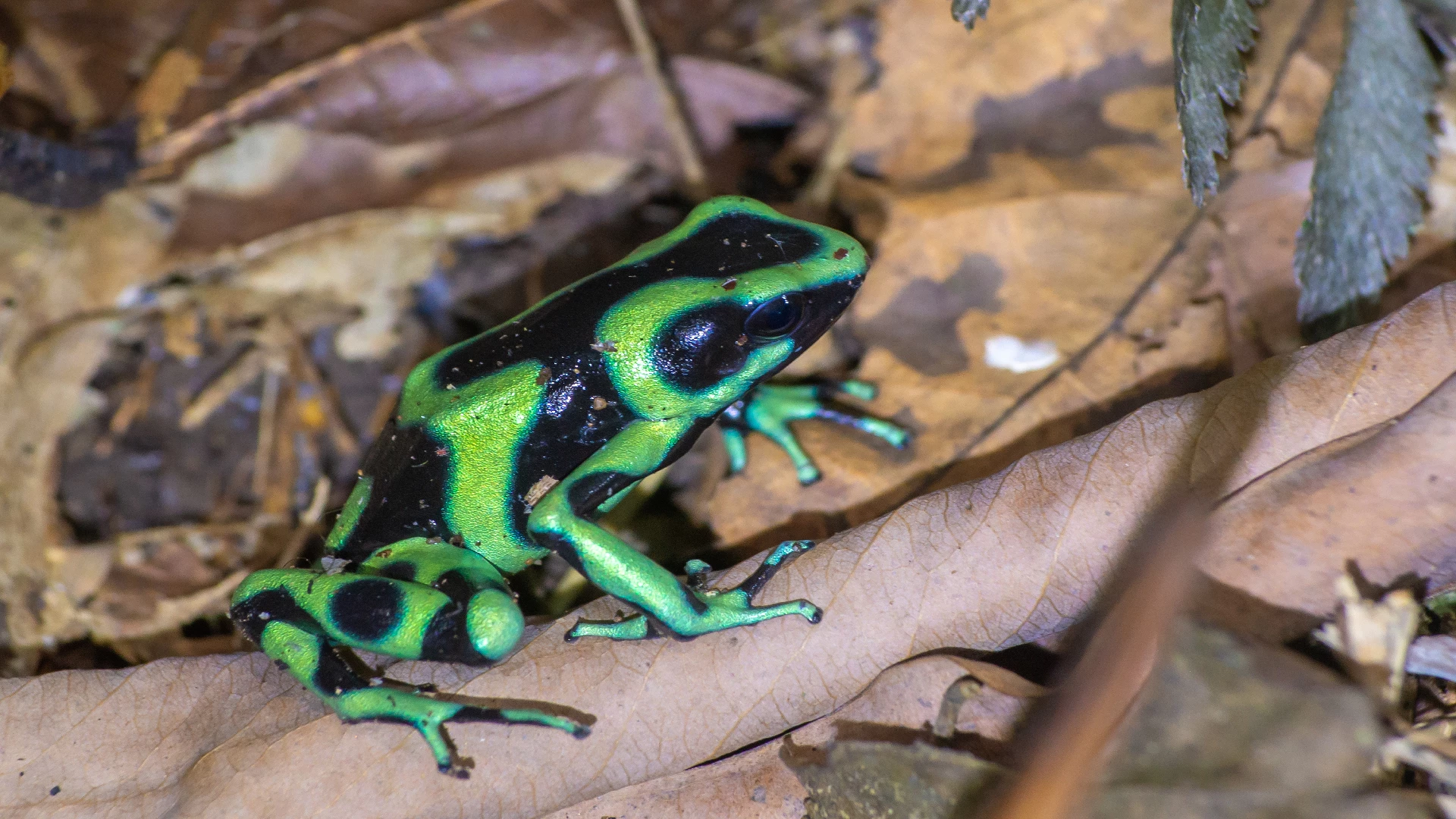 While camouflage and mimicry often focus on remaining unseen, some animals use these strategies to be more visible. This is particularly true in the realm of sexual selection, where vibrant colors and patterns can attract mates. Furthermore, some species use aposematism, where they display bright colors to warn predators of their toxicity or distastefulness. The poison dart frog is a prime example, with its vivid hues signaling danger to would-be predators.
While camouflage and mimicry often focus on remaining unseen, some animals use these strategies to be more visible. This is particularly true in the realm of sexual selection, where vibrant colors and patterns can attract mates. Furthermore, some species use aposematism, where they display bright colors to warn predators of their toxicity or distastefulness. The poison dart frog is a prime example, with its vivid hues signaling danger to would-be predators.
6. Evolution at Work
At the heart of these incredible strategies is evolution. Through natural selection, animals that are better able to avoid predators or capture prey pass on their genes, leading to the proliferation of these traits. Camouflage and mimicry are not static but dynamic traits that evolve in response to changes in predators, prey, and the environment.
7. The Role of Perception
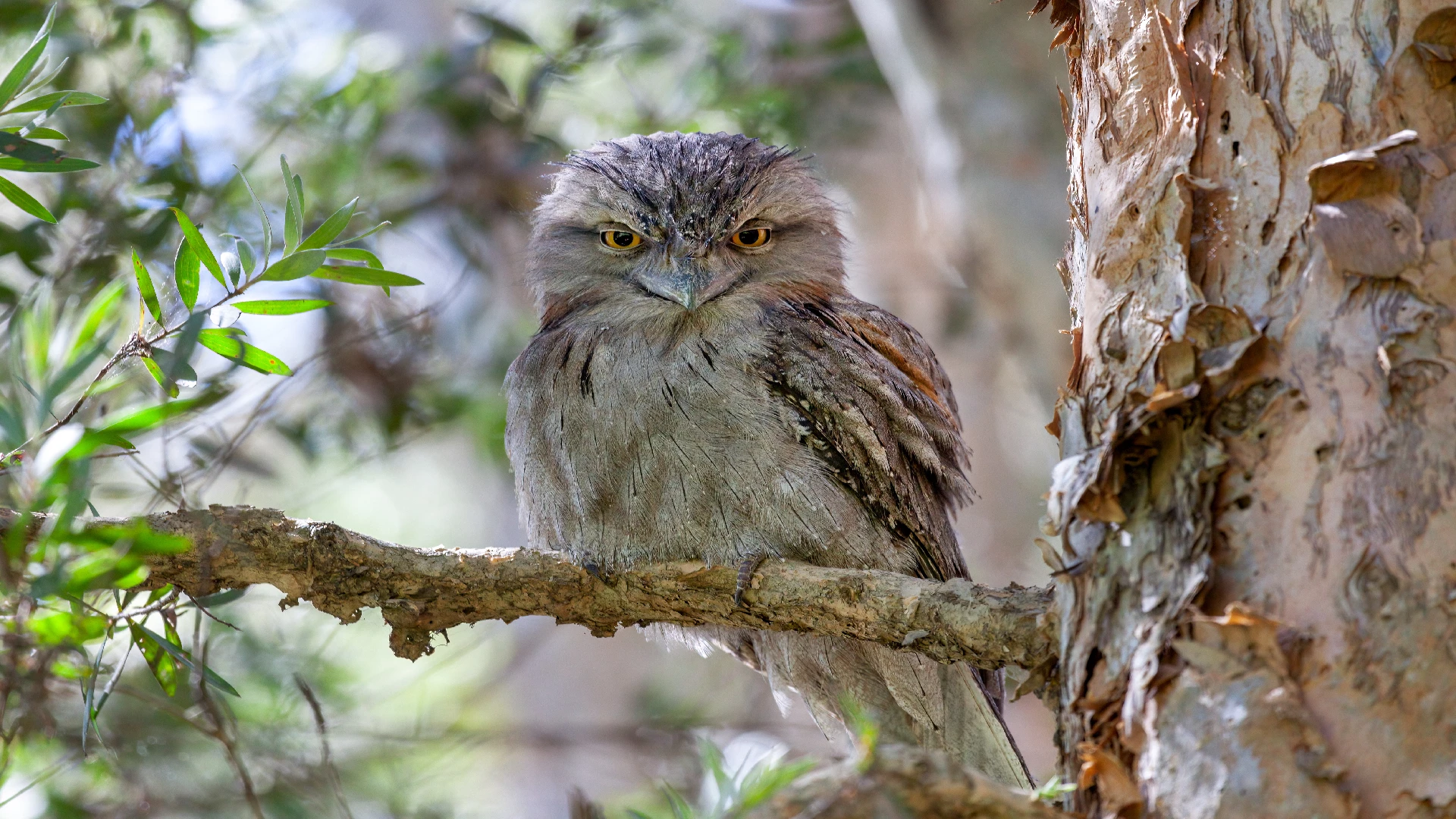 Understanding camouflage and mimicry also involves understanding perception. Predators and prey have evolved different methods of sensing the world, which in turn influences how animals conceal or reveal themselves. For example, the tawny frogmouth, a bird native to Australia, resembles a tree branch not just in color but in shape, fooling both the visual and spatial perception of its predators.
Understanding camouflage and mimicry also involves understanding perception. Predators and prey have evolved different methods of sensing the world, which in turn influences how animals conceal or reveal themselves. For example, the tawny frogmouth, a bird native to Australia, resembles a tree branch not just in color but in shape, fooling both the visual and spatial perception of its predators.
A Spectrum of Strategies
The world of animal mimicry and camouflage is a vivid illustration of nature’s ingenuity. It’s a realm where art meets science, and survival hinges on the ability to either blend in so perfectly that one becomes invisible or stand out so strikingly that one demands attention. These strategies, borne out of the relentless pressures of natural selection, showcase the incredible diversity of life and the lengths to which organisms will go to survive and thrive.
In summary, the animal kingdom’s use of camouflage and mimicry is a rich field that underscores the complexity and interconnectedness of life on Earth.
It reminds us of the power of observation and adaptation, traits that are as valuable in understanding our world as they are in navigating it. Whether it’s the subtle shift of a chameleon or the bold display of a poison dart frog, these strategies tell a story of life’s perpetual dance between the seen and the unseen, the hunter and the hunted, and the ongoing evolution of life’s endless forms.
views
Bears – these powerful and often solitary creatures capture our imagination with their size, strength, and intriguing behaviors. But the familiar brown and black bears we see in documentaries and national parks…
In the vibrant tapestry of nature, few creatures rival the charm and importance of bees. From their intricate social structures to their vital role in pollination, bees captivate the imagination and inspire awe. Join me…
Are you ready to embark on a journey to uncover one of Africa’s most captivating avian wonders? Get ready to be enchanted by the vibrant hues and graceful presence of the Livingstone’s Turaco! This stunning…





